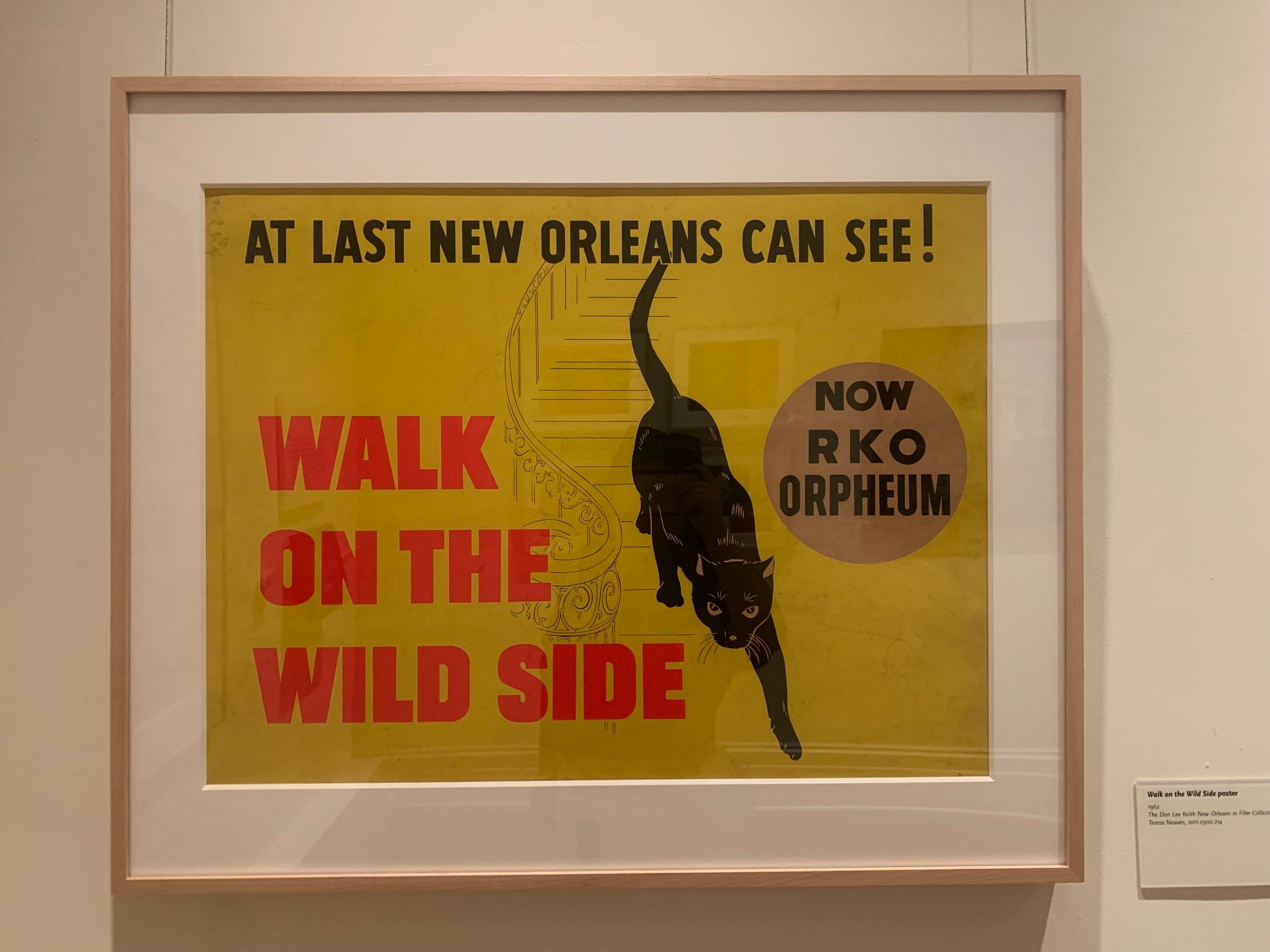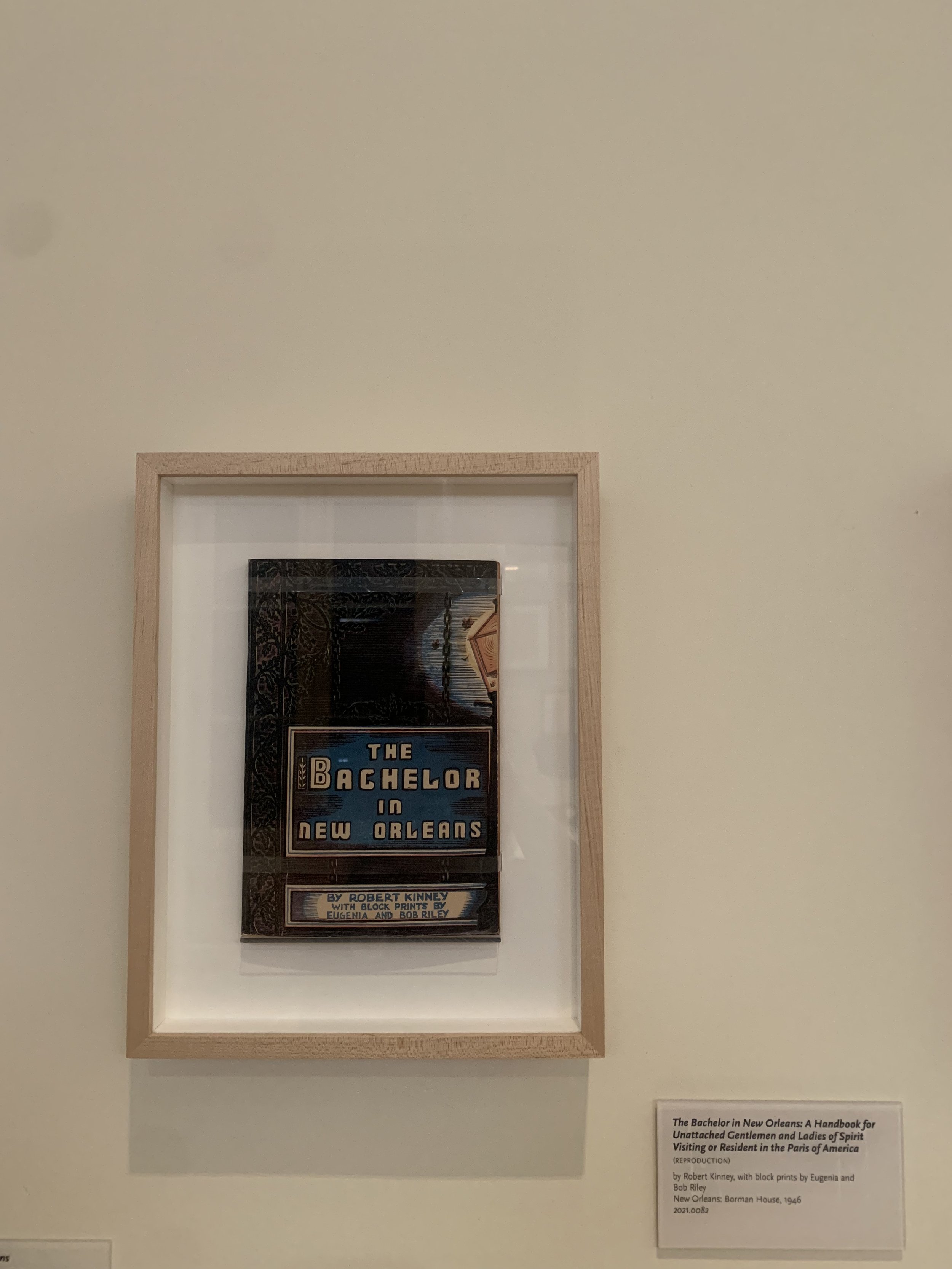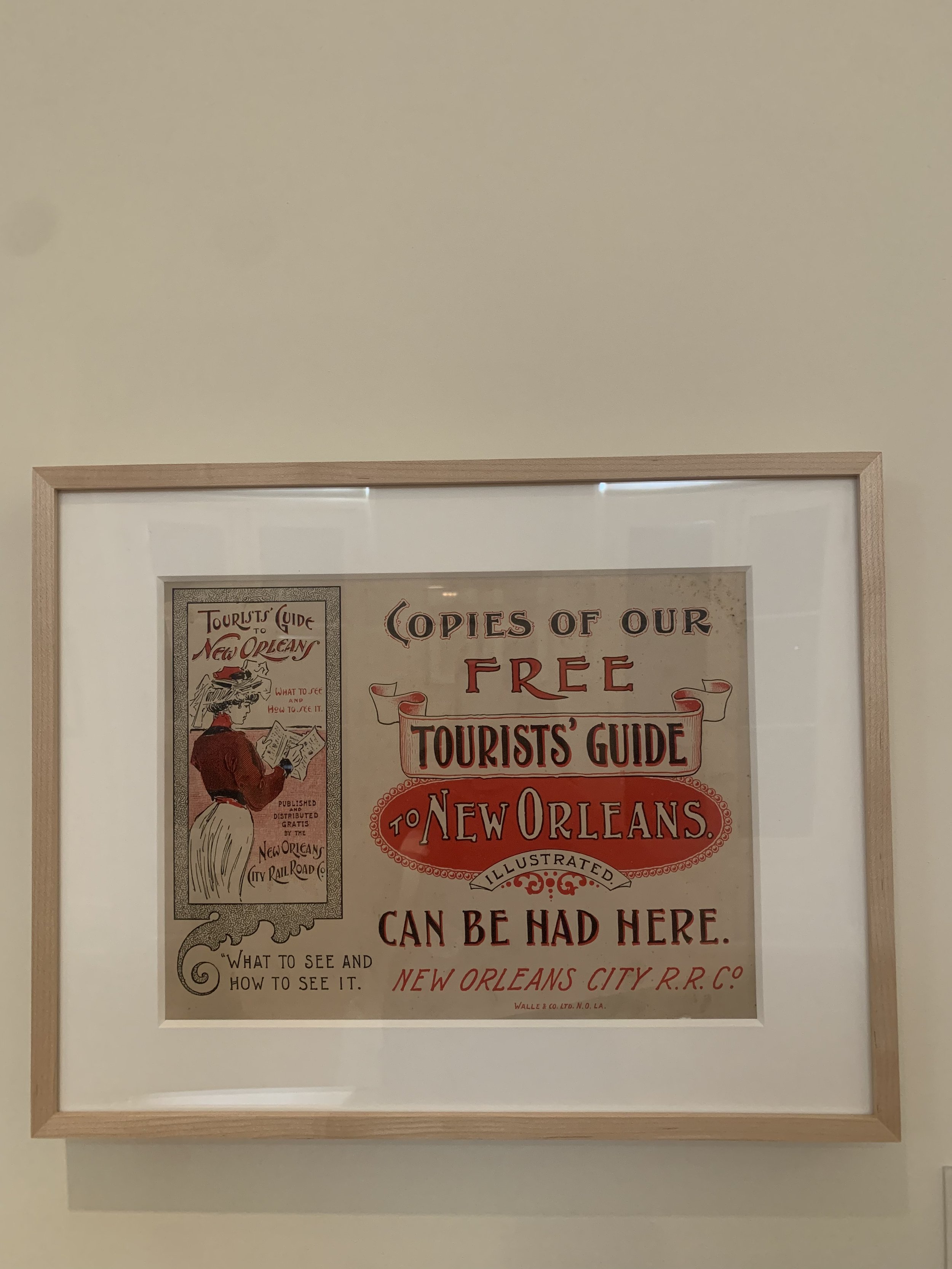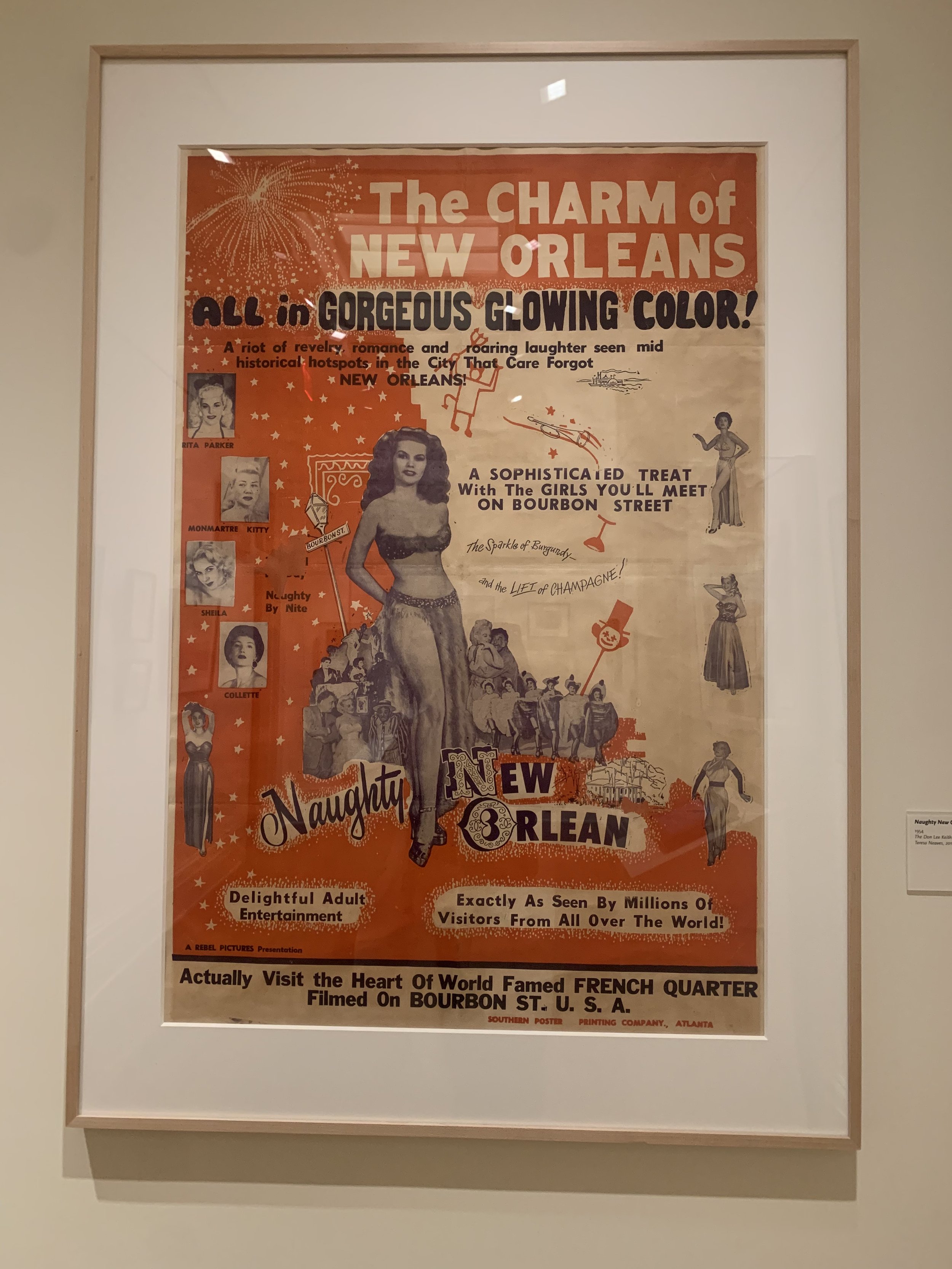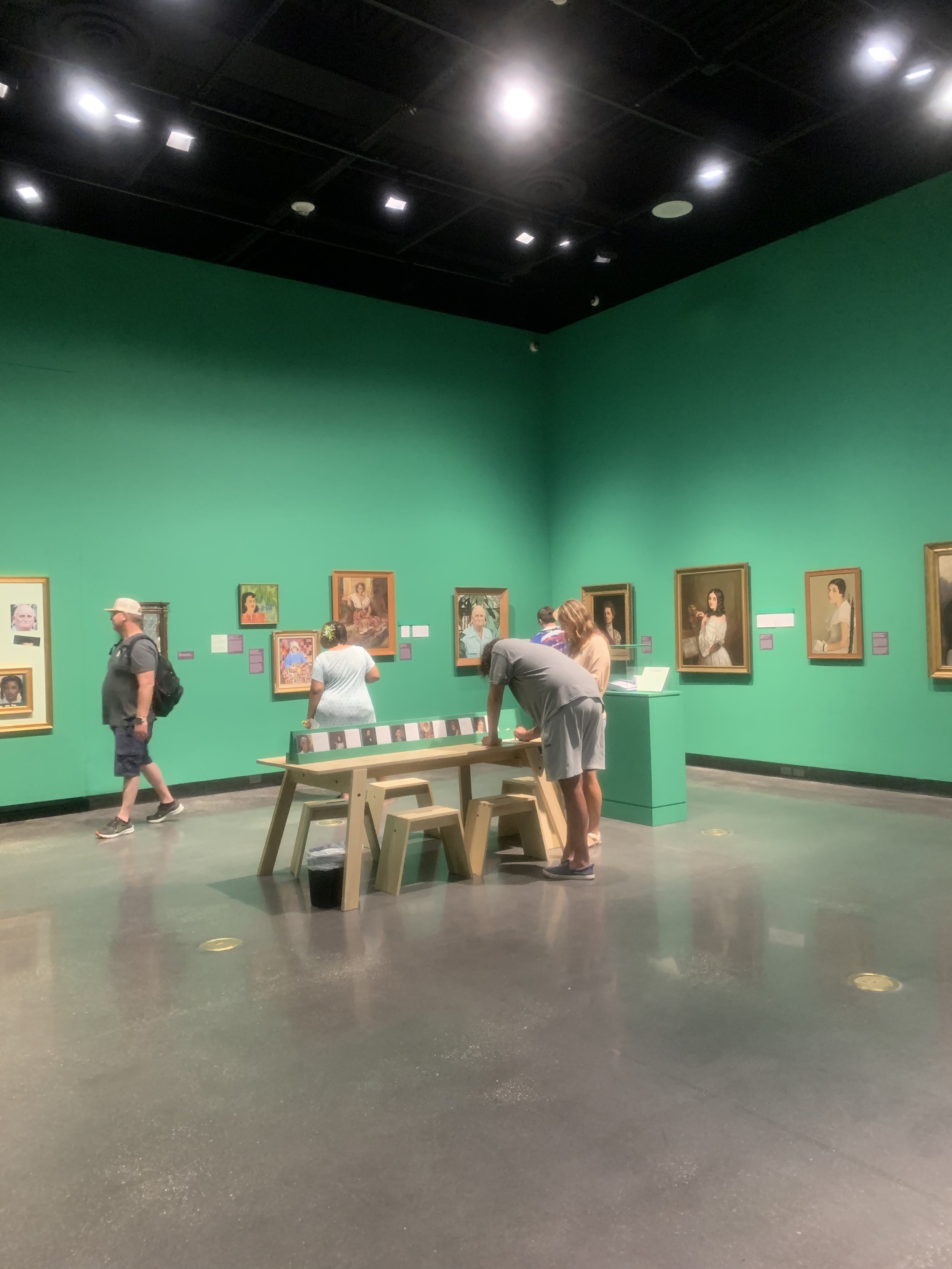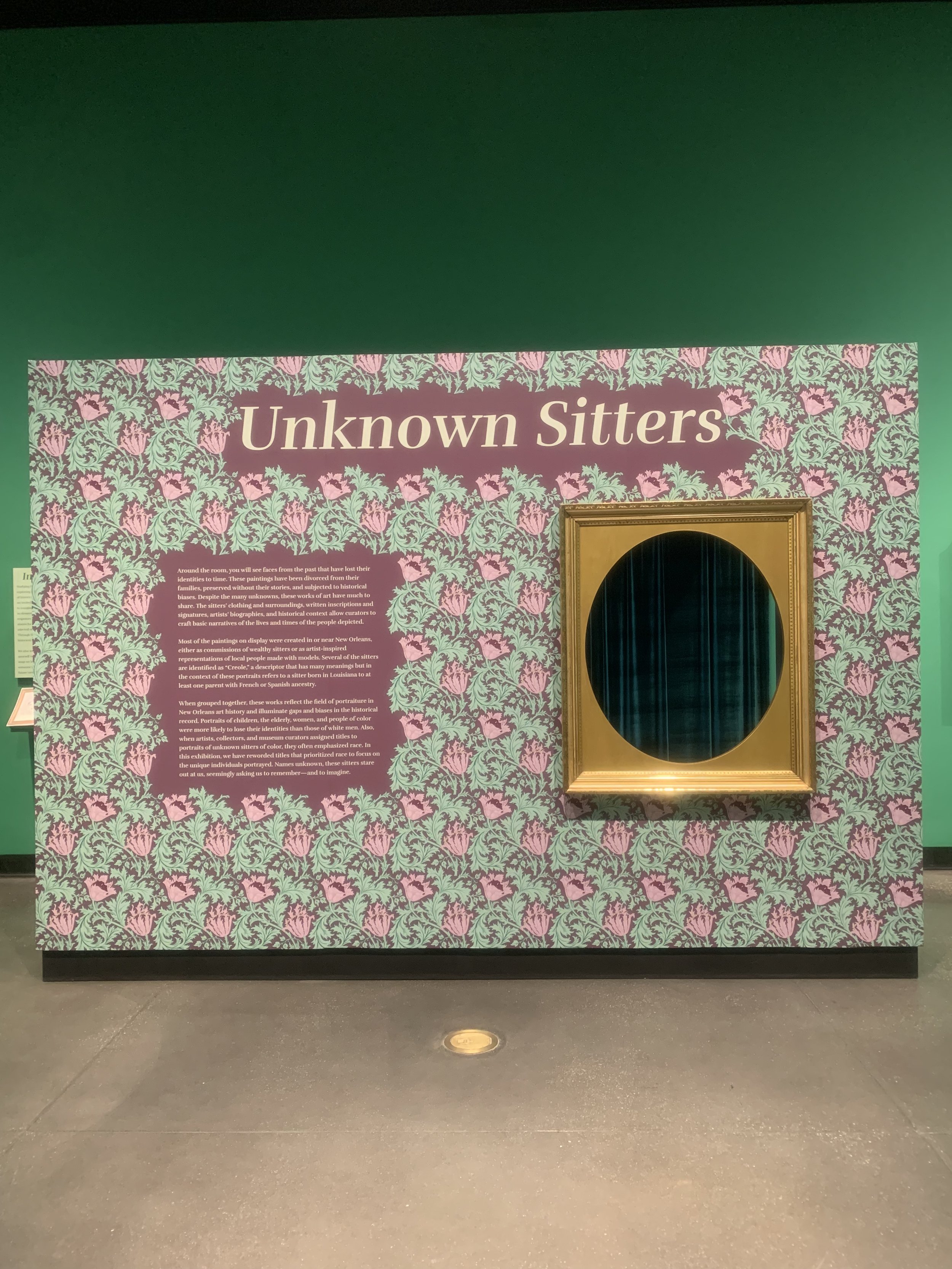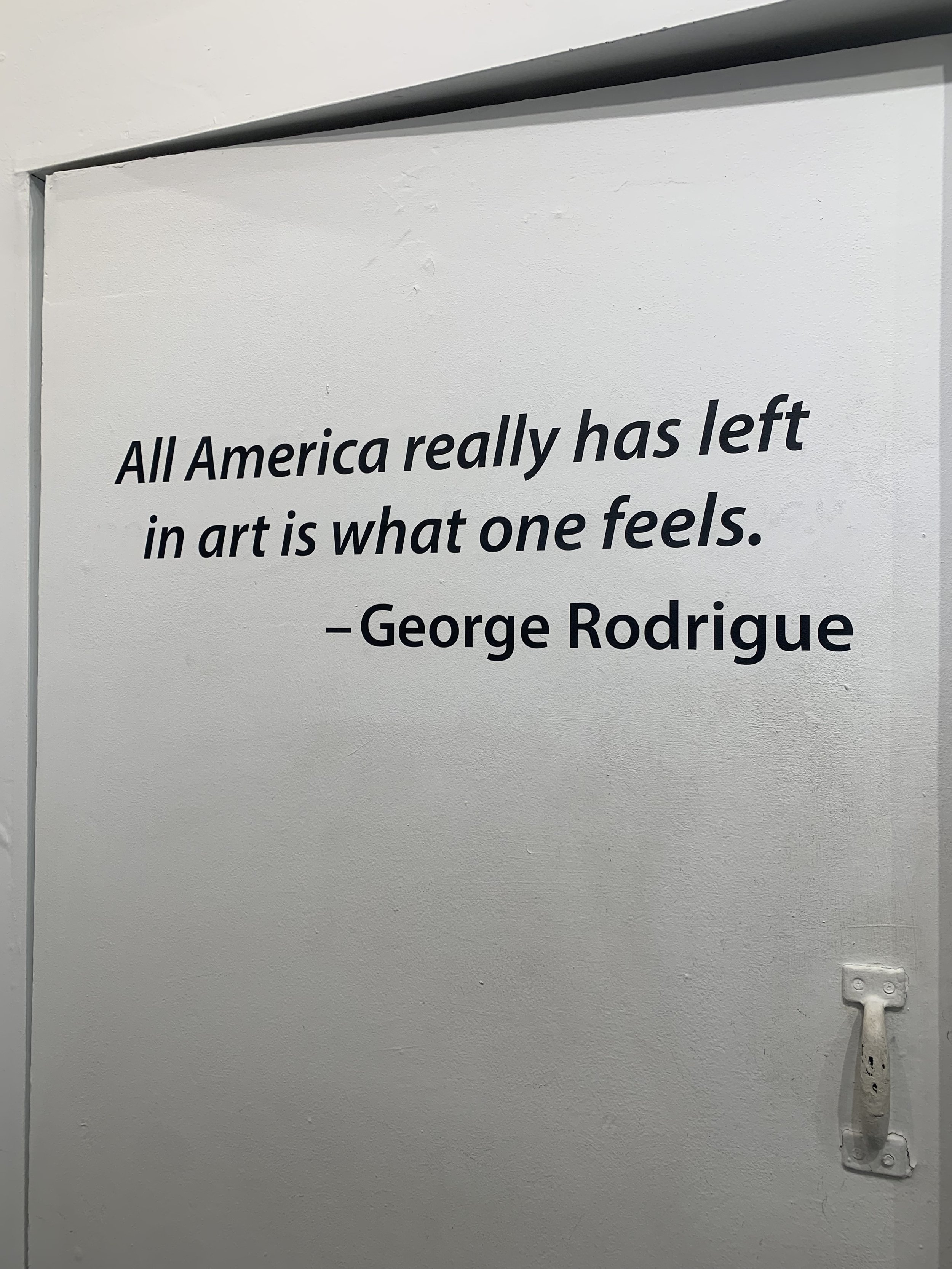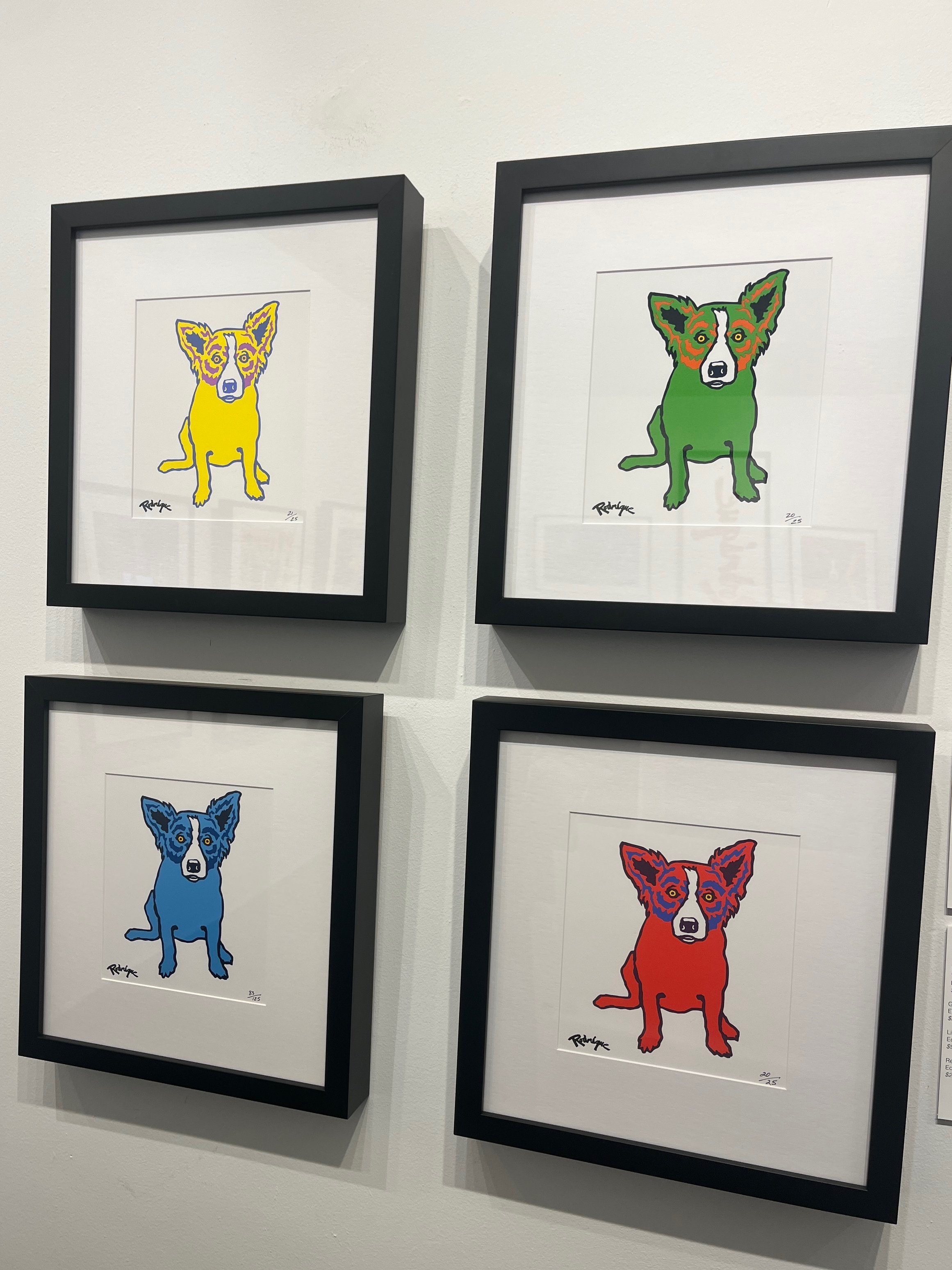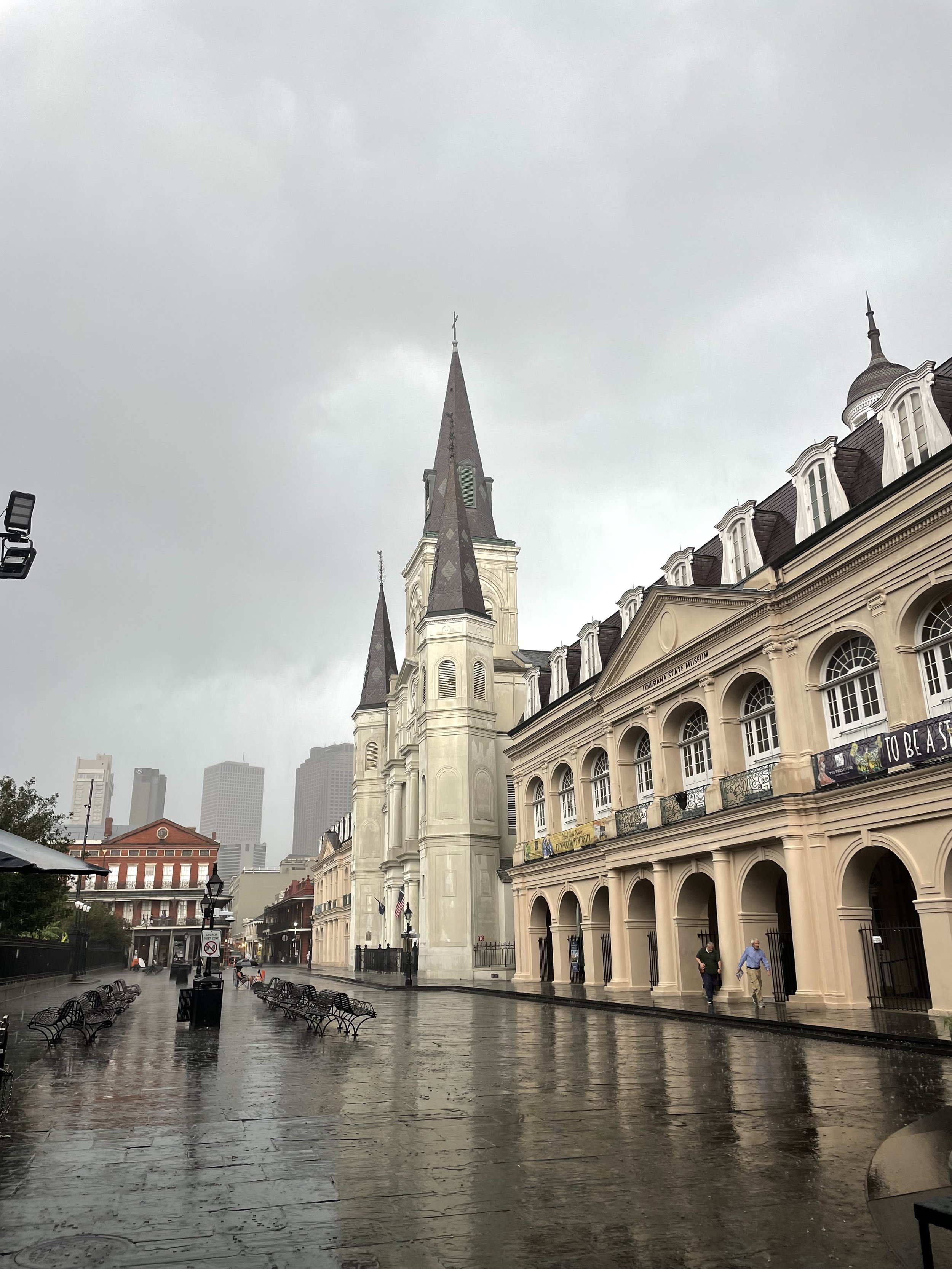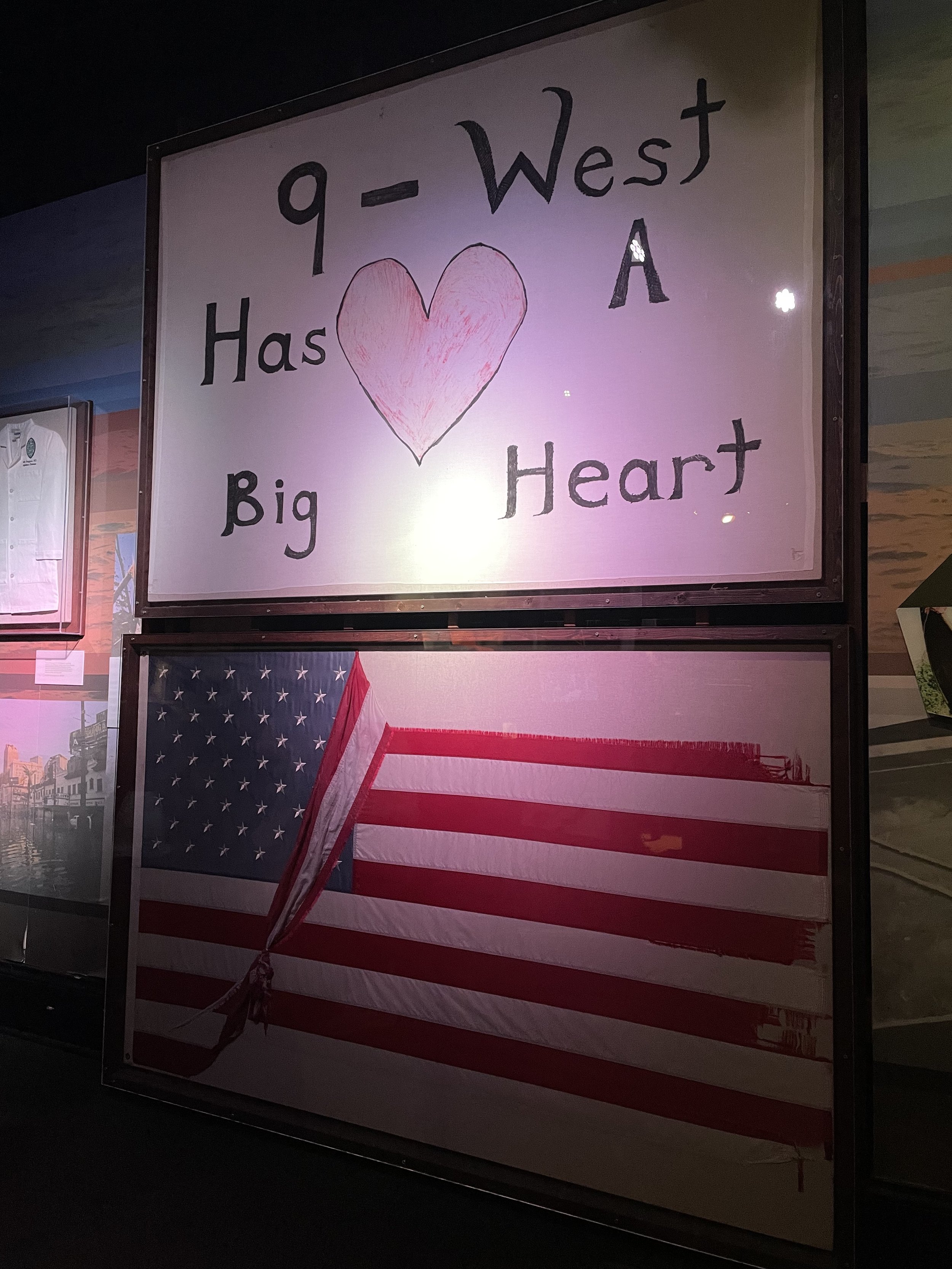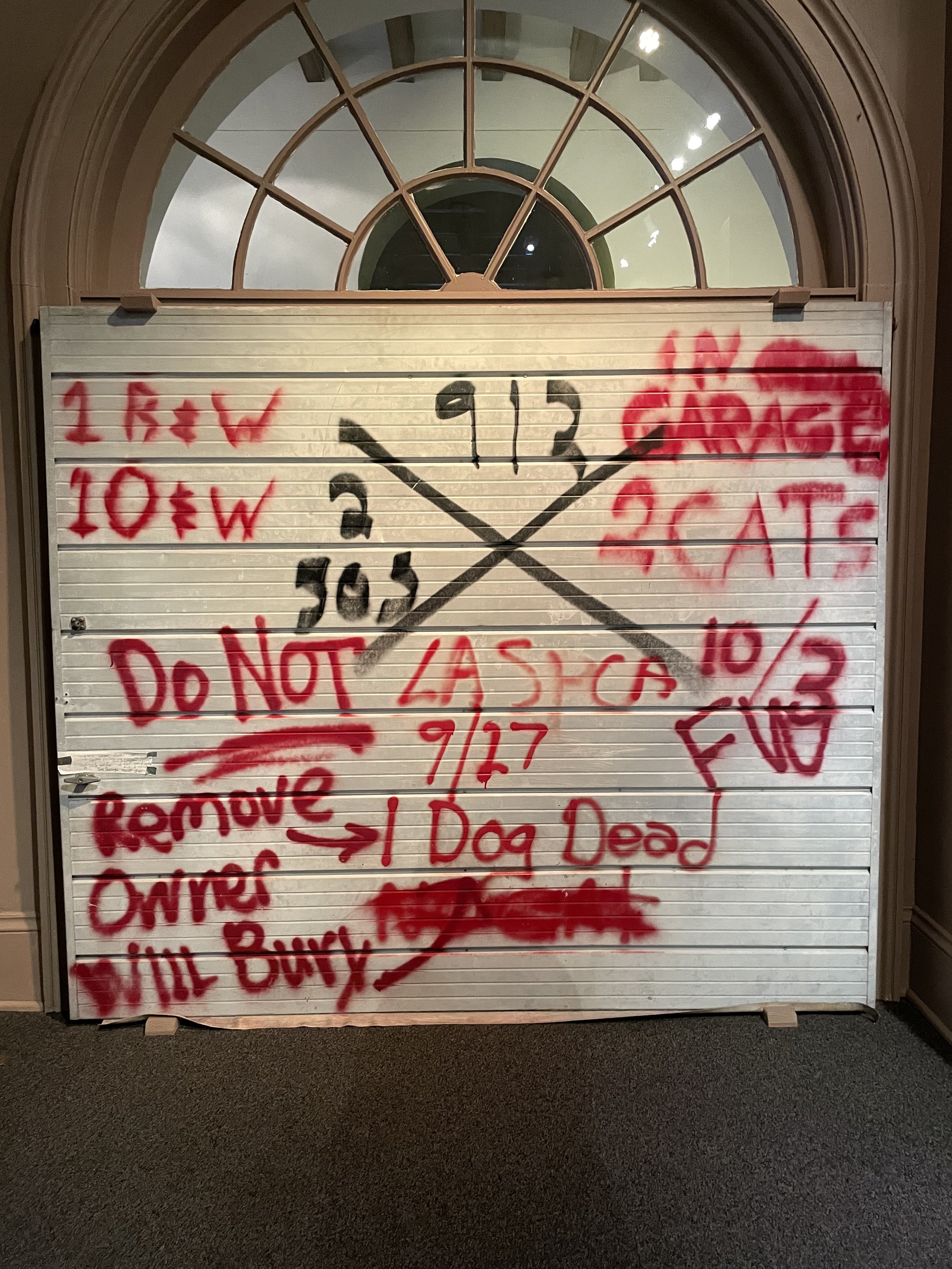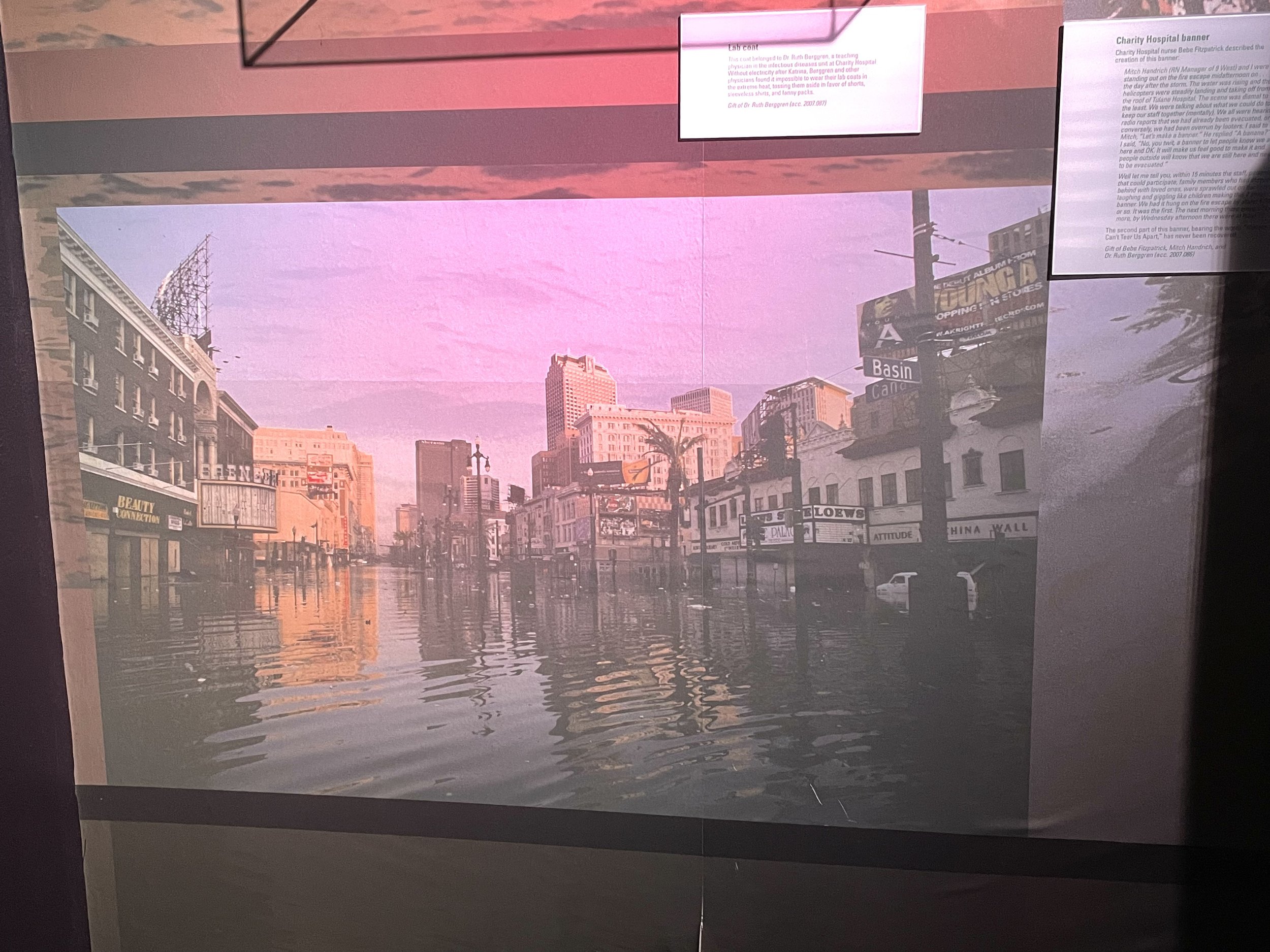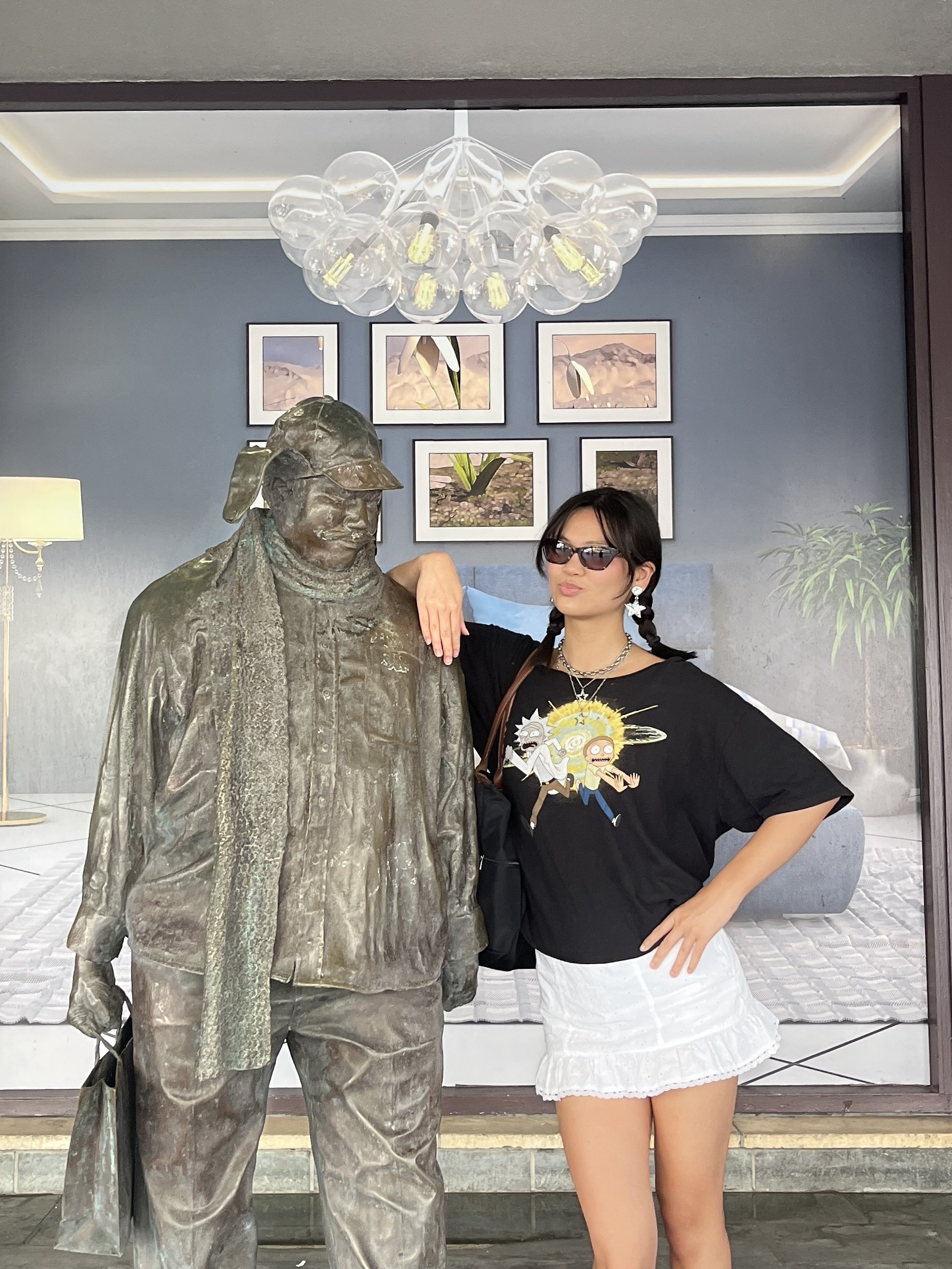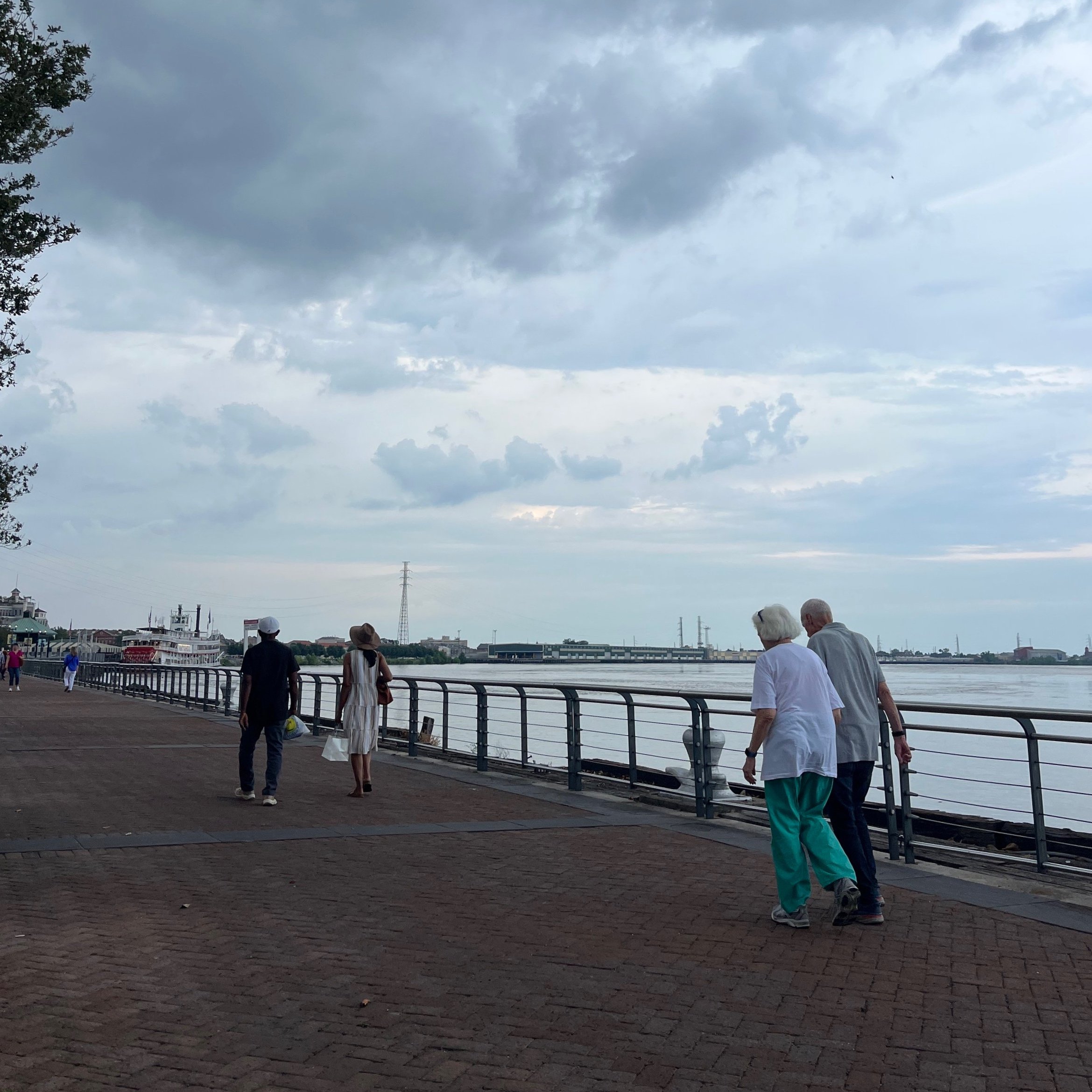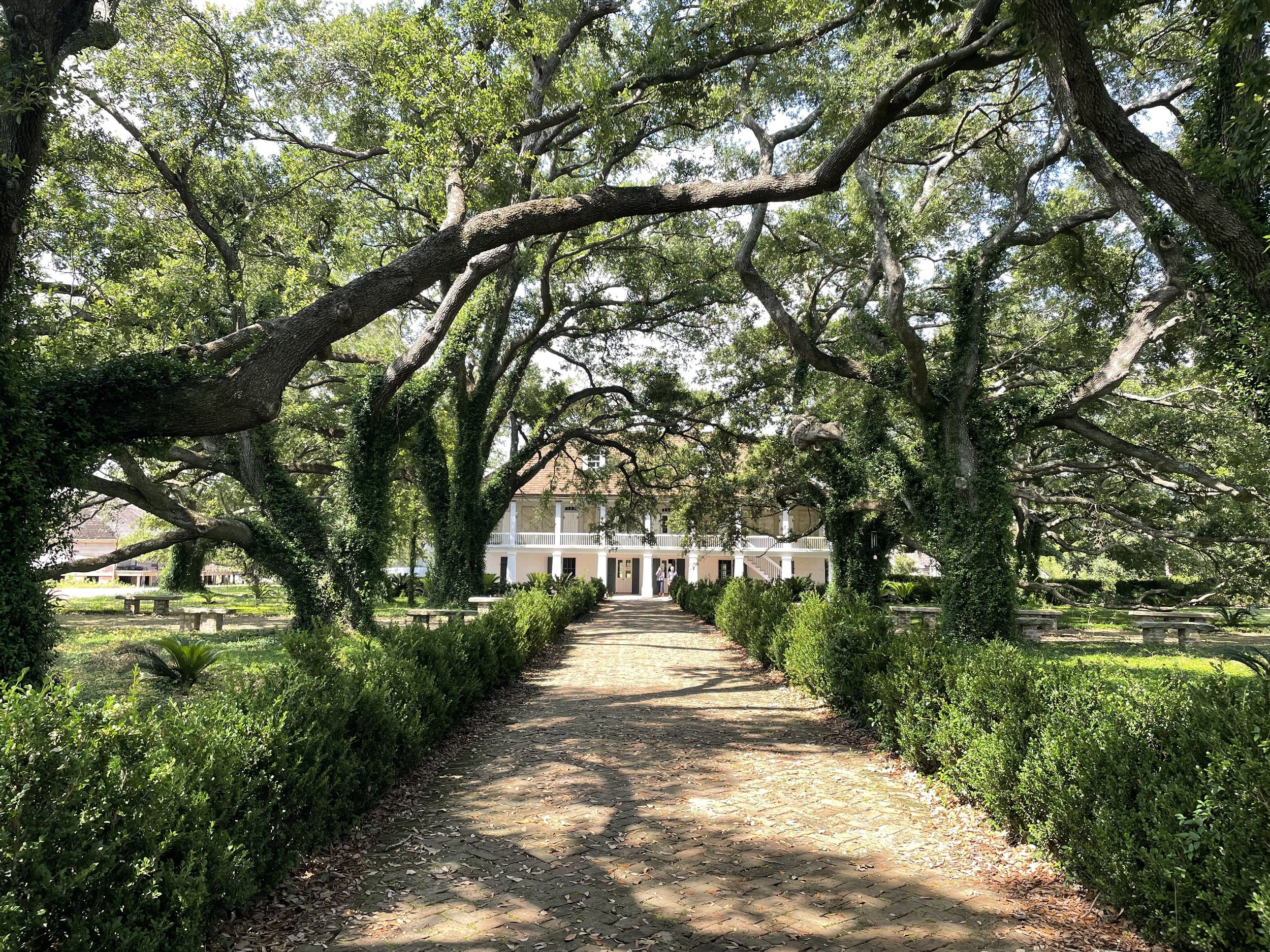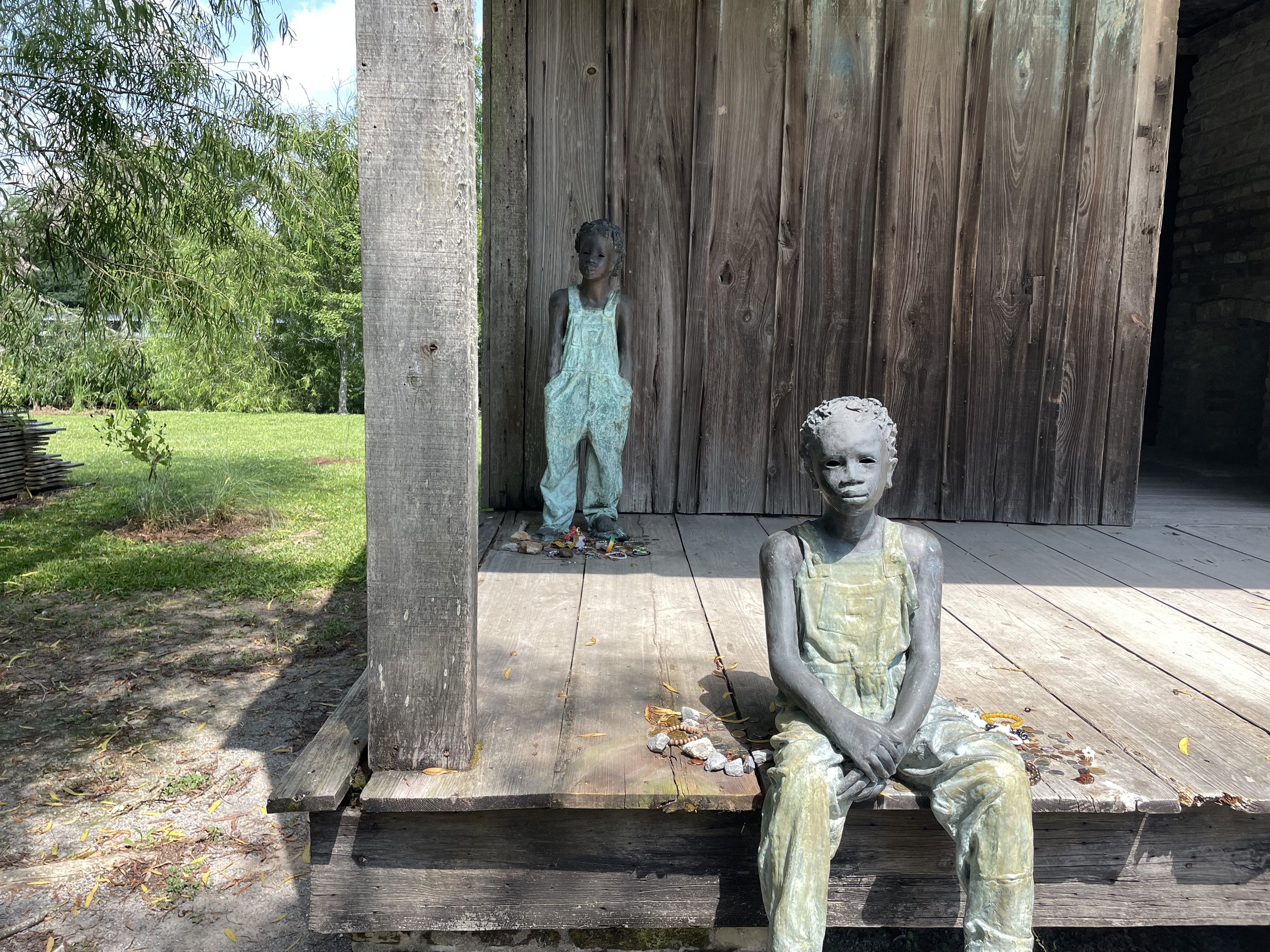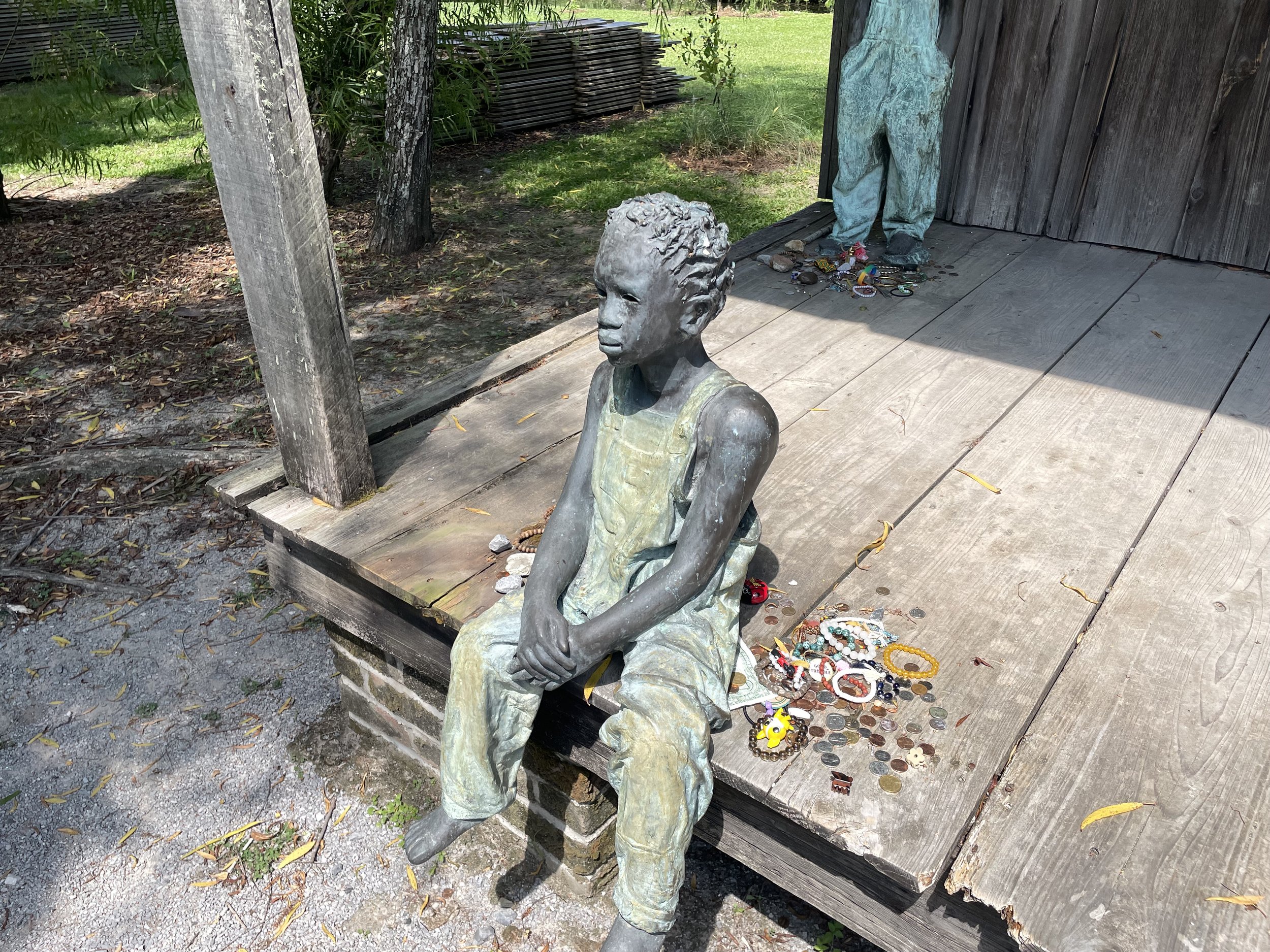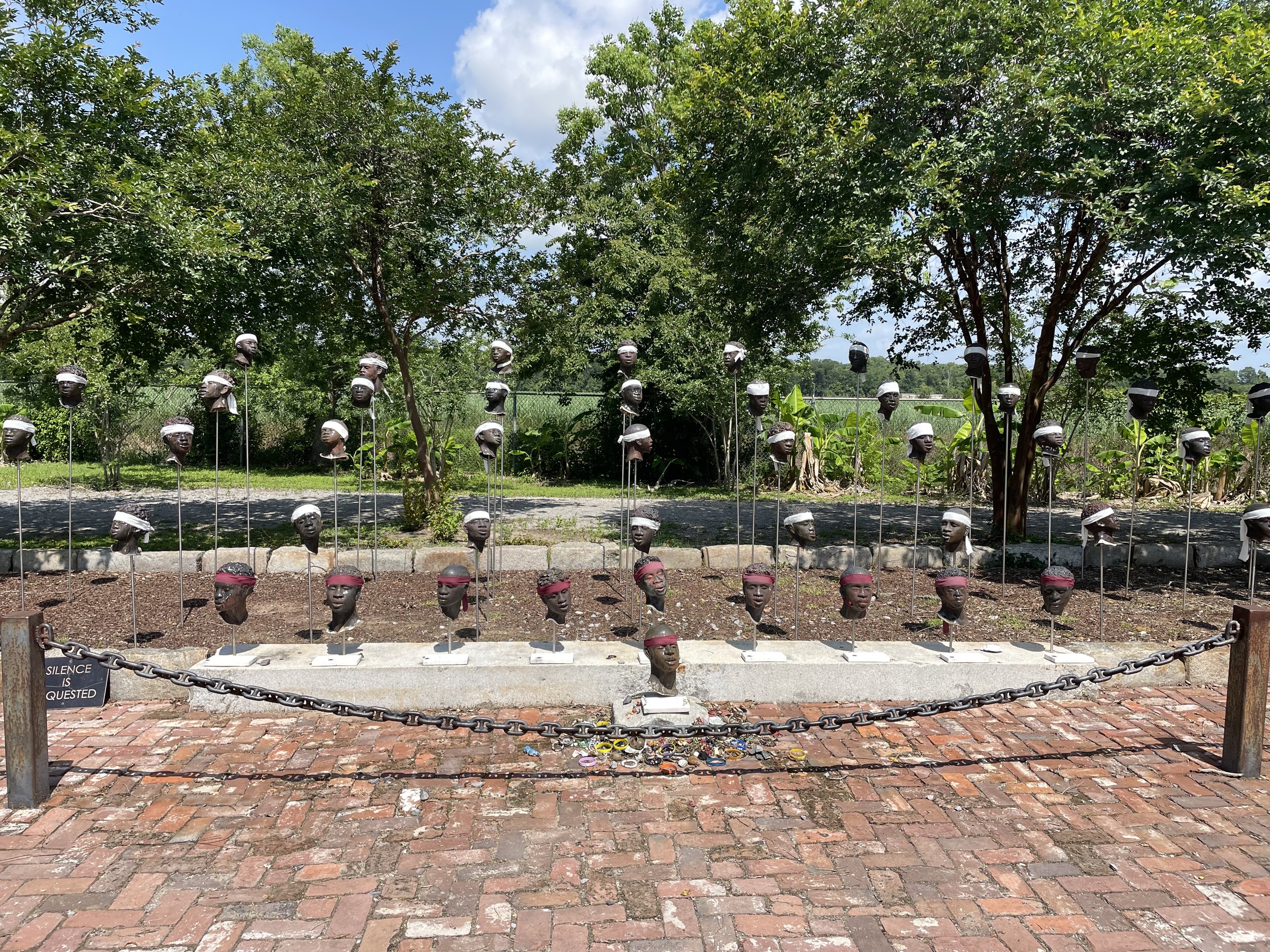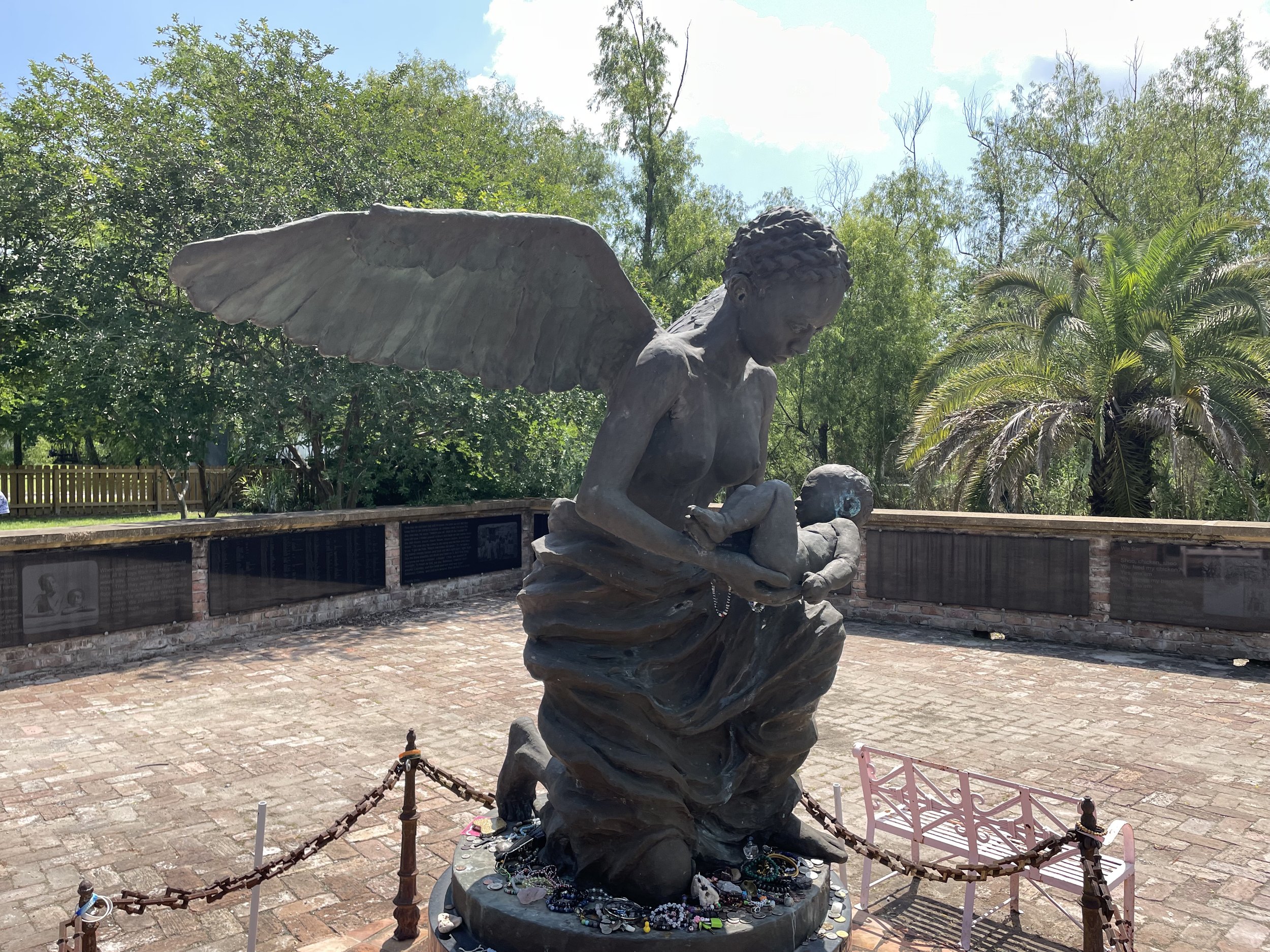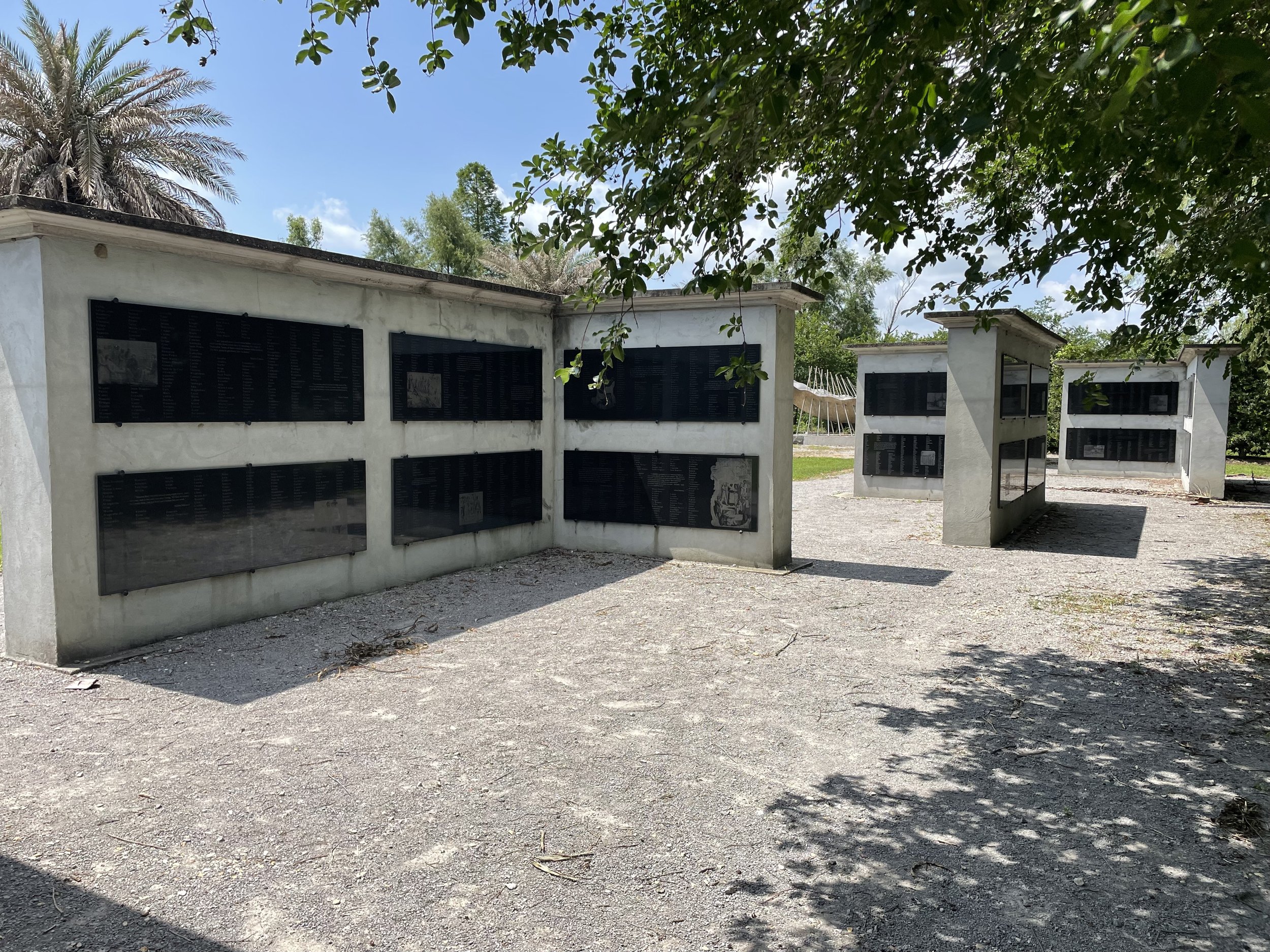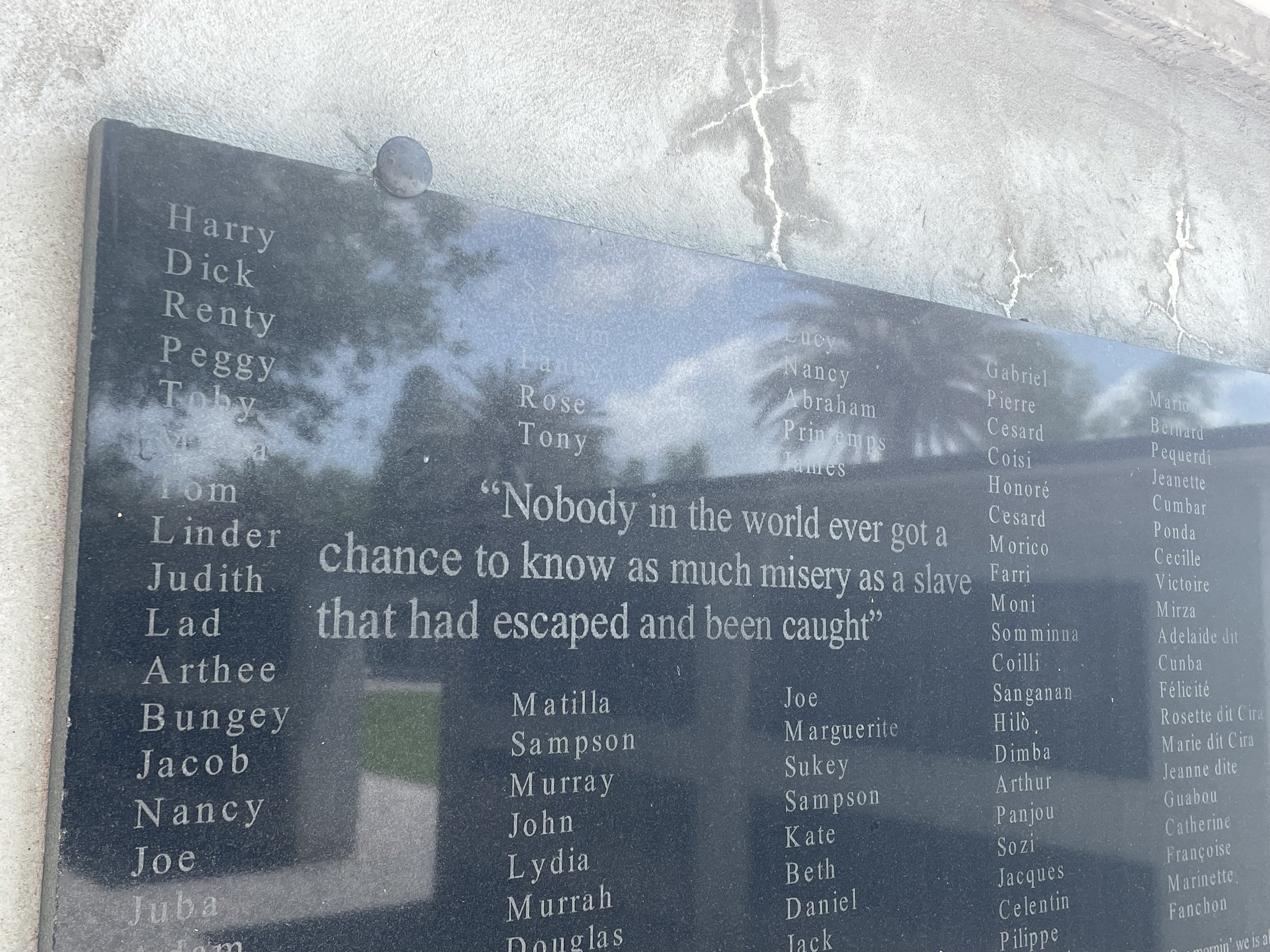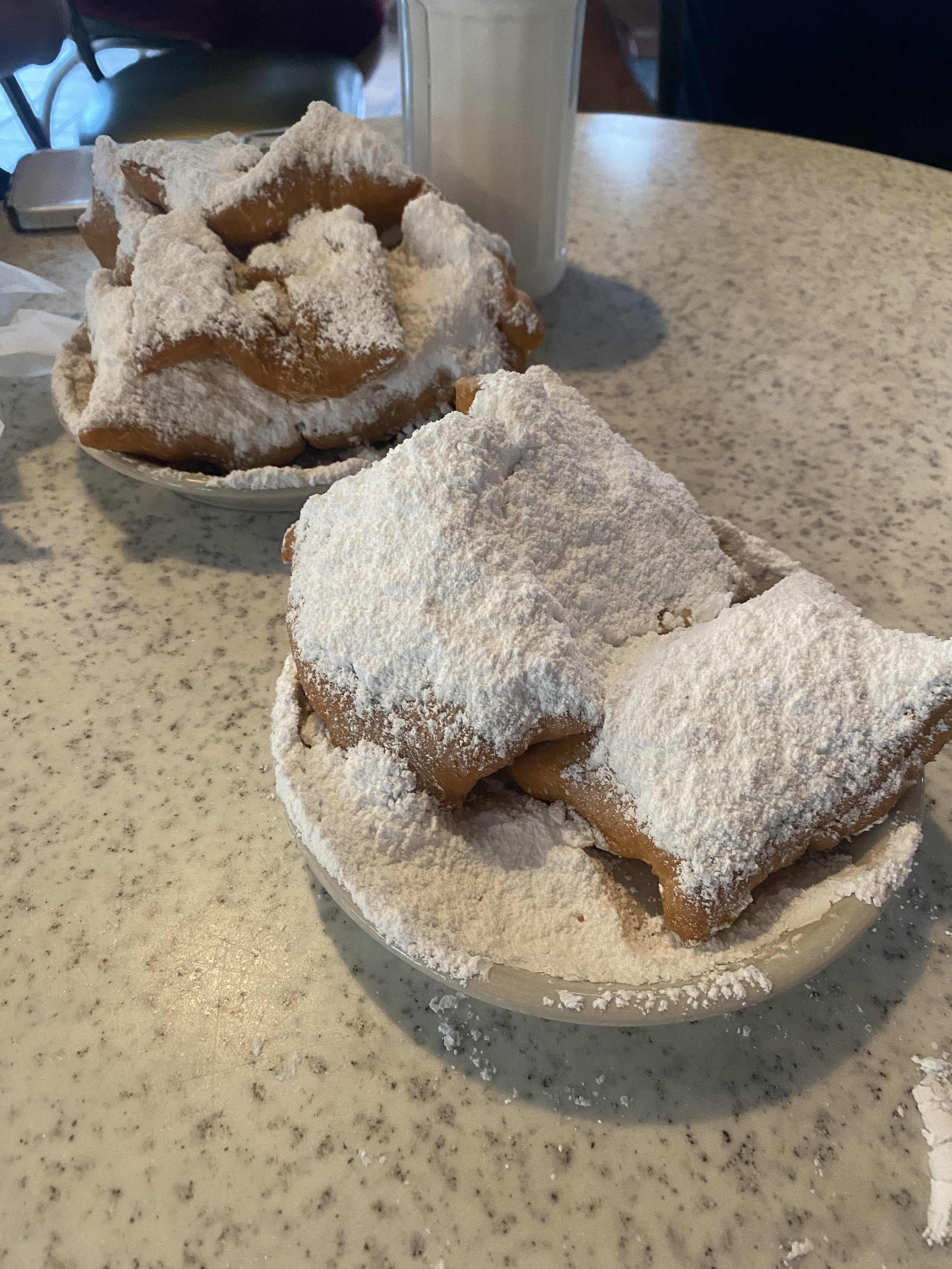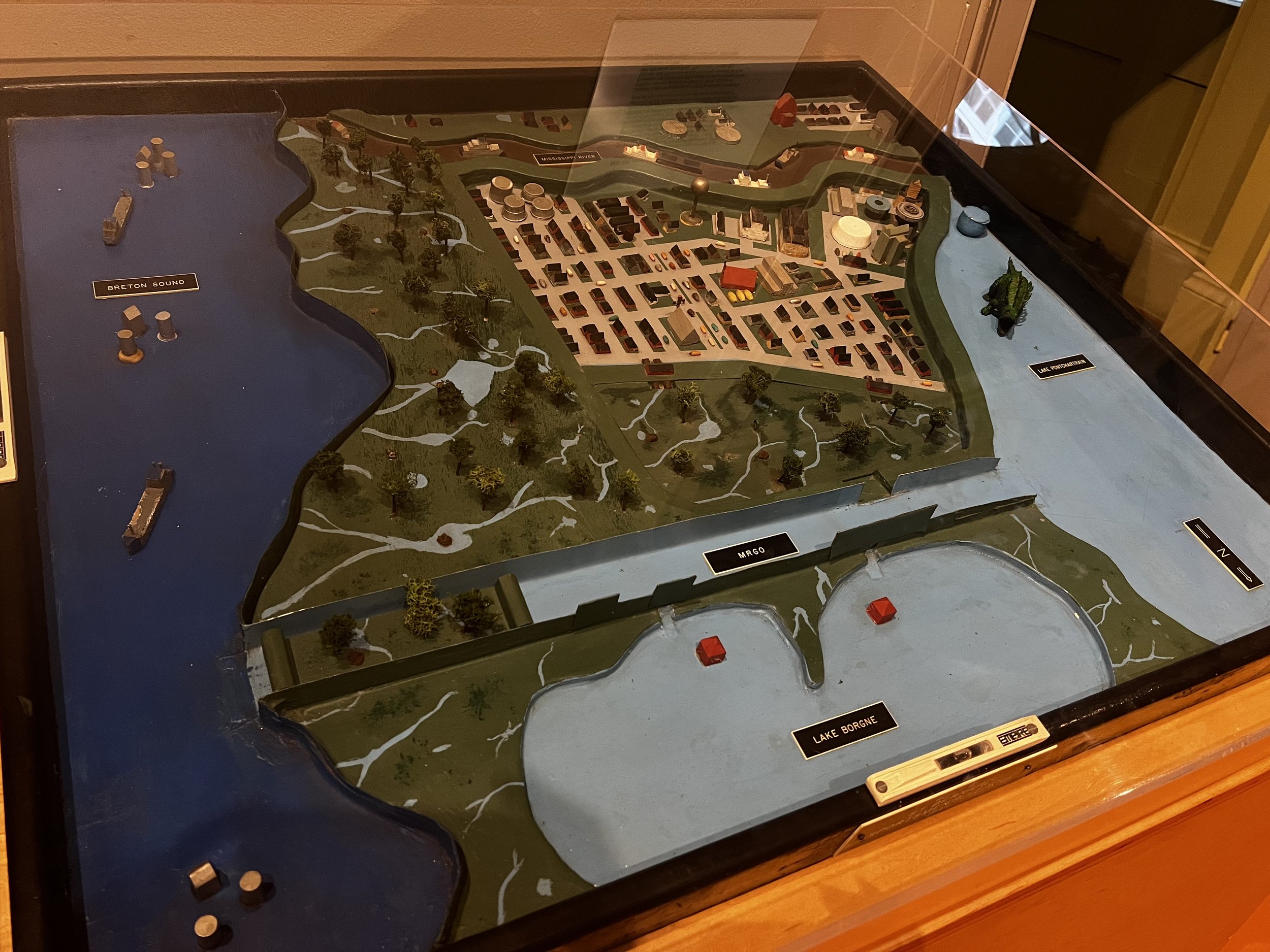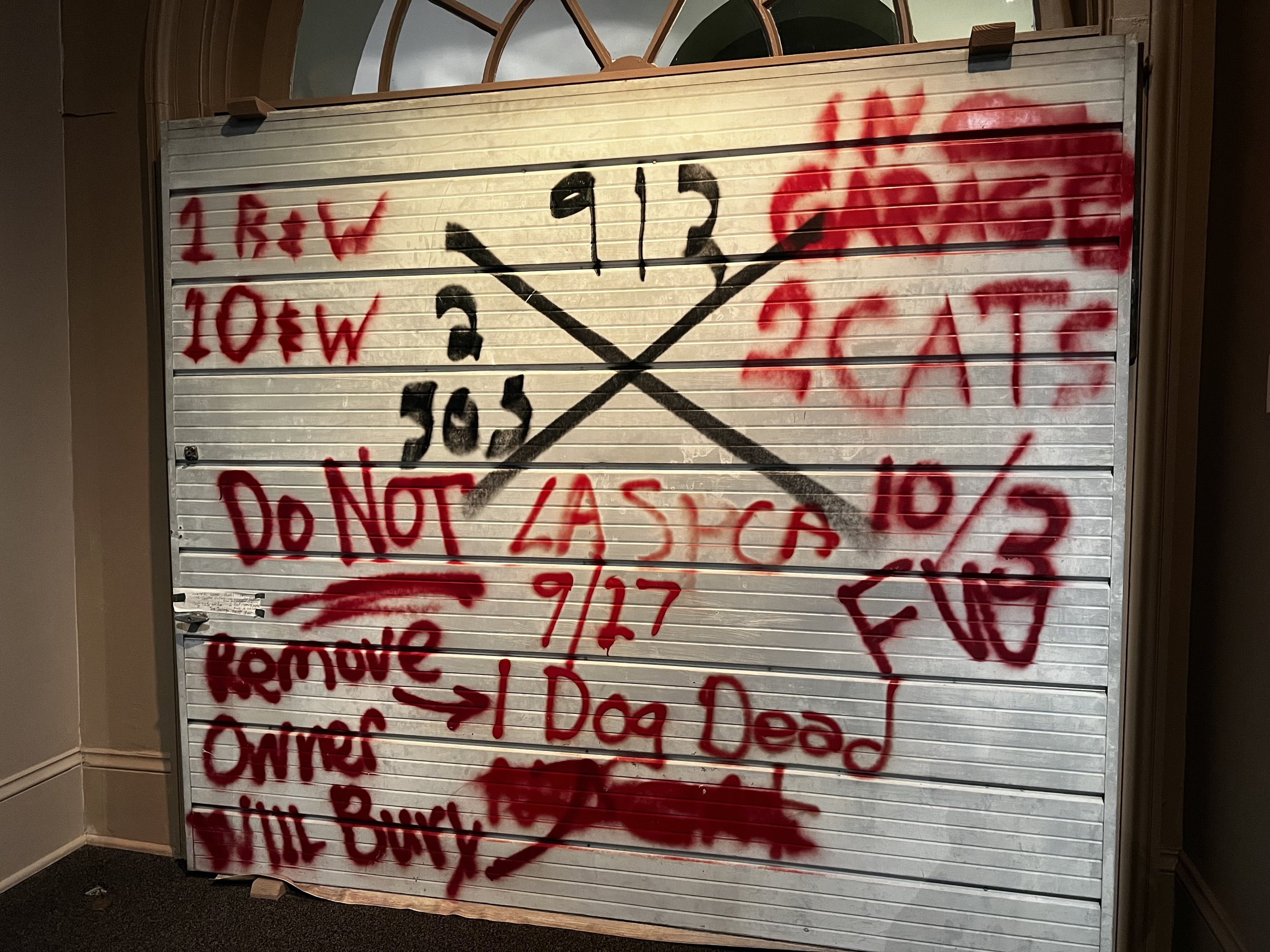I was born on a Sunday. And so the sun knows all my secrets. This great big star; a guiding force in my life. It keeps me warm.
But there was hardly such a thing on my last day in New Orleans. Somebody had scissored the sky just enough for the rain to fall. And it fell and fell. I wanted to spend some time with the sun. The Southern heat, despite our differences, would come to know me—understand me—a bit better as time went on.
““You could tell by the way that he talked, though, that he had gone to school a long time. That was probably what was wrong with him.””
I dreaded leaving New Orleans. What excuse is there left? Leaving New Orleans meant facing risk. Lots of it. More ebb than flow. There exists uncertainty and change. We risk touching the face of misery and hostility. A fear that has plagued me for God knows how long. I hate this fear more than I hate writing. Andrew wants me to be more honest; I suppose that’s a reasonable thing to ask. Writers contradict themselves all the time.
““When Fortuna spins you downward, go out to a movie and get more out of life.””
One of my main objectives on this trip was to strengthen my sense of mindfulness. A process that I would do so alone. I often seek out solitude because there can be something beautiful about it. I wanted to dig deep into pockets of soil. Sketch each cloud. Count each leaf. I did these things fairly well, I think. (Have you read any of my work?) And so I’ve come to realize that I like spending time with myself. Very much, in fact. Being in the company of my own presence is worthwhile. There is something of value with self-exploration. Each corner of the mind has its multitudes. It’s quite fascinating. Who knew?
The sun had kept to itself, making hardly any appearances throughout the day. It can be a shy little thing when it wants to. By noon, I’d take my small list of errands with me outside, heading towards the St. Charles streetcar. Clunkiness sounds sweet. On my way down Magazine Street, I notice how out of place everything seems to be. Charming and quirky and out of place. There’s an unspoken liveliness in everyday people, particularly in the thick of some fuzzy overcast. There was more pep to my step. I figure it’s all the jazz.
At the antique mall, I find vintage furs, comics, rotary phones, records, dishware. I don’t know where to start. I stroll around, not looking for anything in particular. Just gifts for my family. I visit the vintage shop a few doors down. There are racks on racks of band t-shirts and college sweatshirts. I take a look at the hat selection, noticing a blue-brim hat that says ‘Fishing is not a matter of LIFE and DEATH—it’s much more IMPORTANT than that!’ And I agree. I’d come to purchase it for my brother. Before making my way back to the streetcar headed towards Canal Street, I make sure to take in the live oaks that line the cobbled Garden District streets one last time.
In the Quarter, I hound each souvenir shop in search of a stuffed alligator keychain. It’s virtually impossible to find any for some strange, obscure reason. Is this not New Orleans—have I gone mad? I needed one for my mother’s new set of keys. I feel like Ignatius huffing and puffing about.
By Fortuna’s doing, I manage to stumble across the Historic New Orleans Collection, a museum and research center with free admission. It contains a small set of exhibits that detail the history and culture of New Orleans. I take my time traversing each one, entranced by the Southern allure. One exhibit, titled ‘Unknown Sitters,’ presents a selection of unidentified portrait subjects. Each figure has a soulful look in their eyes. And each figure has a story.
Across the St. Louis Cathedral, I enter another gallery, this time with the works of George Rodrigue, known for his ‘Blue Dog’ series. Just pieces of blue dogs with piercing, yellow eyes. I feel as though we need more art in the world, good or bad. (This statement conflicts me at times the more I think about it. I refuse to think about it any longer.) Where there is art, there is life.
I end the day by purchasing a 1997 copy of James Baldwin: Early Novels & Stories at Dauphine Books. James Baldwin always had something to say, and he was right most of the time. If there was such a person who could provide me with the answers that I’m looking for during this transitional and transformative period, it would be him. There is a quote about mirroring love somewhere.
““My life is a rather grim one. One day I shall perhaps describe it to you in detail.””
As I type this last blog, I would have arrived back in Los Angeles. I find that the birds chirp the same. And the sun is there to greet me home. Yet, I have a newfound sense of bravery and autonomy, which I had not known up until this point.
I don’t know what life has in store for me. It can take days, weeks, months, or even years for a revelation to happen. It’s a matter of time, of perseverance, of swift tenacity. It’s the fish mentality. You just swim and swim. Murky waters, clear waters, any water. I think back to the gulf shark I saw a few weeks ago—its fin against the sun; its glossy, wet and smooth skin; silvery, almost iridescent skin. The way it moves, perhaps not knowing what lies ahead.
The sun is a star. But the stars, they wane and they change. Distant and tremulous, moving from one sky to another. How delicate and beautiful they are, for they do not know; these spheres of gaseous light.




